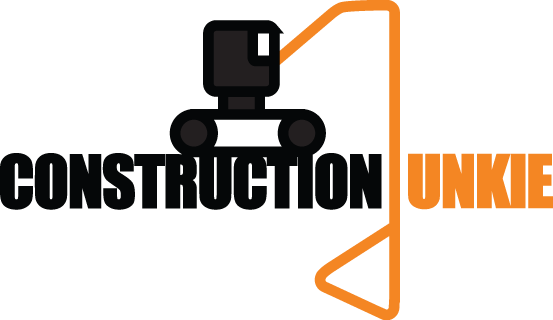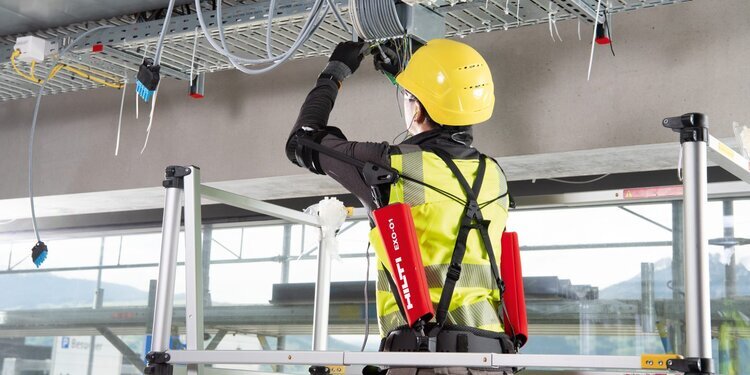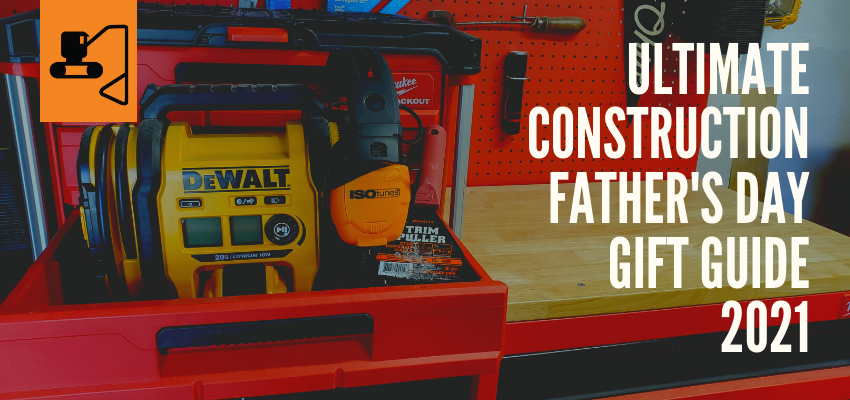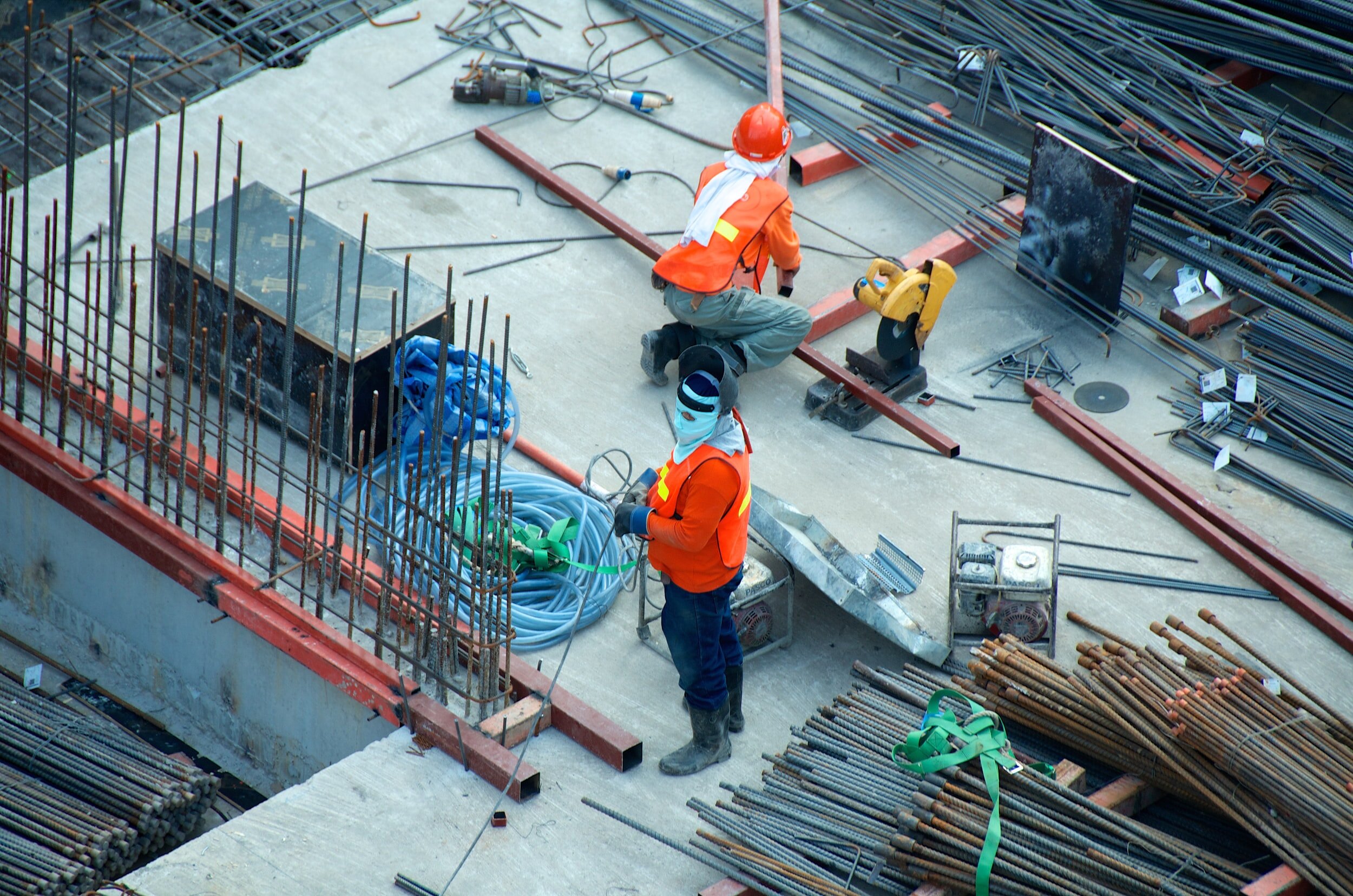The following is a guest post provided by H Brown Inc., a provider of super heavy and over-dimensional transport services. To learn more or to get a quote today, contact them by following this link.
Heavy haul or over-dimensional trucking is no small feat (yes, pun intended). Such a task demands careful execution and planning in order to ensure success and avoid injuries or crashes.
Listed below are seven tips that will help you to move your load safely.
1. Use the proper trailer
There is nothing more important than using a trailer that is best suited to the job.
There are many axle and trailer configuration types, and you must have a thorough understanding of over-dimensional and heavy haul shipping to be able to select the perfect trailer for the job.
Most often, according to Shiphawk.com, heavy haul uses one of the following trailer types:
· Drop Deck trailer – a trailer built with a drop in the deck height. The upper part of the deck drops in height directly after it clears the back of the driving unit and sits atop the back of the tractor unit.
· Gooseneck trailer – connects to the hauling unit by a permanently attached modifiable bar that is affixed to the bed. There are many alternate types of gooseneck trailers including, but not limited to hydraulic, mechanical, fixed, and removable.
· Extendable Drop Deck trailer – same simple design of a normal drop deck, this trailer’s body can extend for loads that are long and cannot extended over the back end of the trailer but require the support of a trailer under its entire body.
· Lowboy trailer – a low-bed trailer that has two height drops in the deck and sits remarkably low to the Earth, and which has a maximum capacity of up to 12 feet in height.
· Flatbed trailer – an open platform trailer with no walls, roof or rails, and a flat load-carrying area.
2. Be prepared ahead of time
It is crucial that you intensively prepare for the move and do this in advance. Our post, “Hiring a Wide Load Shipping Company”, lays out the steps to take while planning a move.
3. Use experienced, trained drivers
Limit yourself to only drivers who are experienced in operating the equipment they are hauling, can secure loads safely, and those who have been trained properly.
4. Secure the load
Make sure the load is distributed and secured properly on the trailer prior to leaving the work or yard site.
Securing over-dimensional or super heavy equipment is a vital process that you should not take lightly. Thankfully, issues involving loss of heavy equipment or other improperly secured loads are few and far between; however, they can lead to damage to personal property, severe injuries, or even worse, loss of life when they do happen.
This is not the extent of its problems, as it often results in a loss of equipment and harshly impacts the environment if chemical contaminants are used.
Securing equipment such as bulldozers, front-end loaders, excavators, and similar equipment falls under the Federal Motor Carrier Safety Administration’s regulatory requirements when transporting from state to state. See www.fmcsa.dot.gov for more information.
5. Recognize regulatory requirements
Be acquainted with regulatory requirements in every state that the load will travel through. Rules can be different across state borders.
Commercial vehicles weighing greater than 10,000 pounds GVWR are subject to federal regulations if involved in interstate commerce. However, if hauling equipment intrastate, local regulations might apply as well.
6. Acquire the appropriate permits
Allow yourself time to acquire all required permits. Any equipment over 102” wide will need an oversize trucking permit before it can travel on state highways or roads.
7. Run routes ahead of time
After you have obtained the proper permits and know which state, federal, and local regulations apply, it is time to map out the most efficient route for your trip. Ideally, you should try to avoid heavily trafficked highways (if possible), toll roads, routes that present others types of delays or interruptions, and roads undergoing construction.
A pilot car might be necessary to accompany you on a few of the routes. Each state has its own regulations for different oversize dimensions.
Conclusion
Follow the seven tips above to make sure that your move goes smoothly, and that you secure the safety of both equipment and people.











